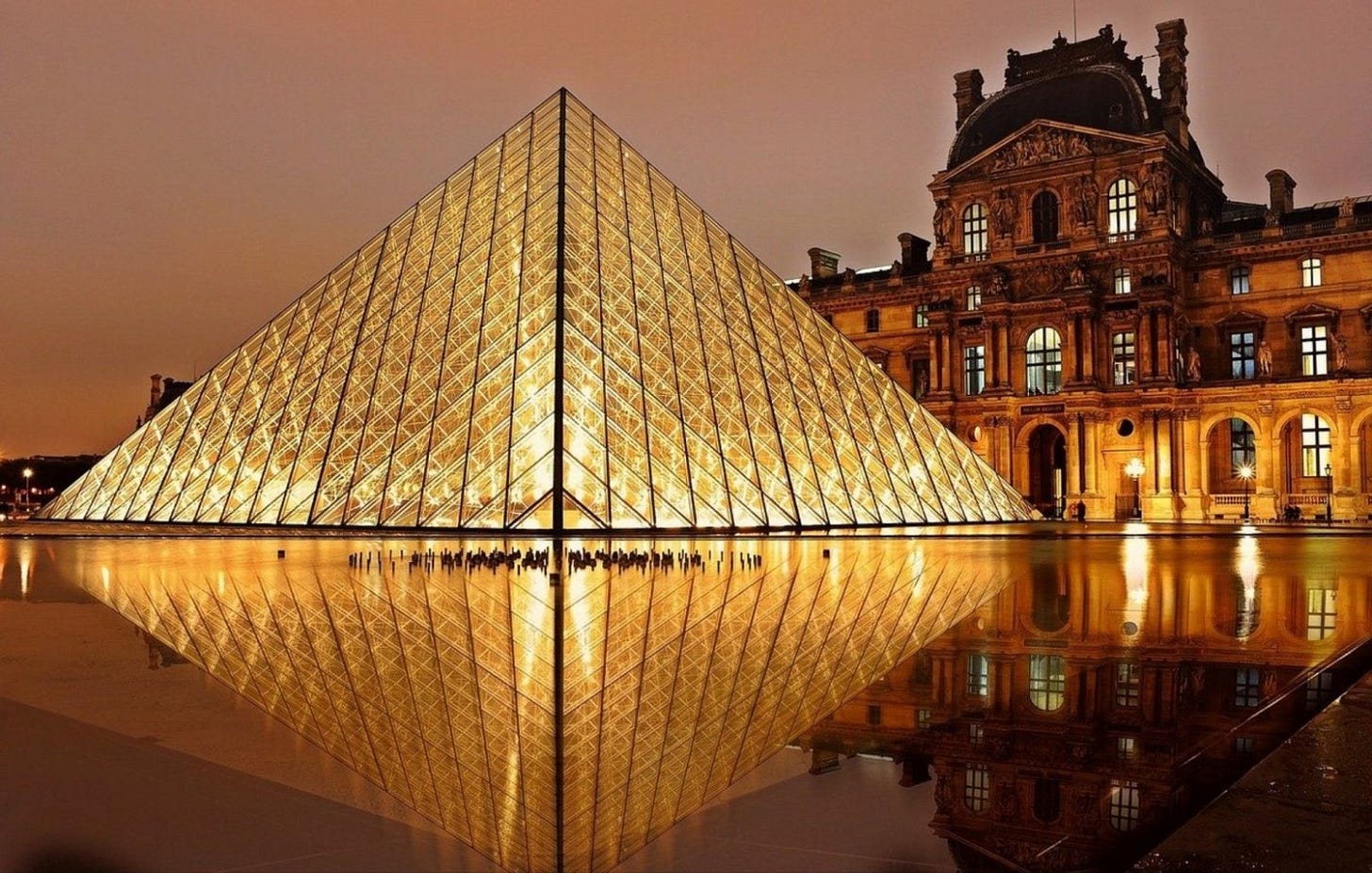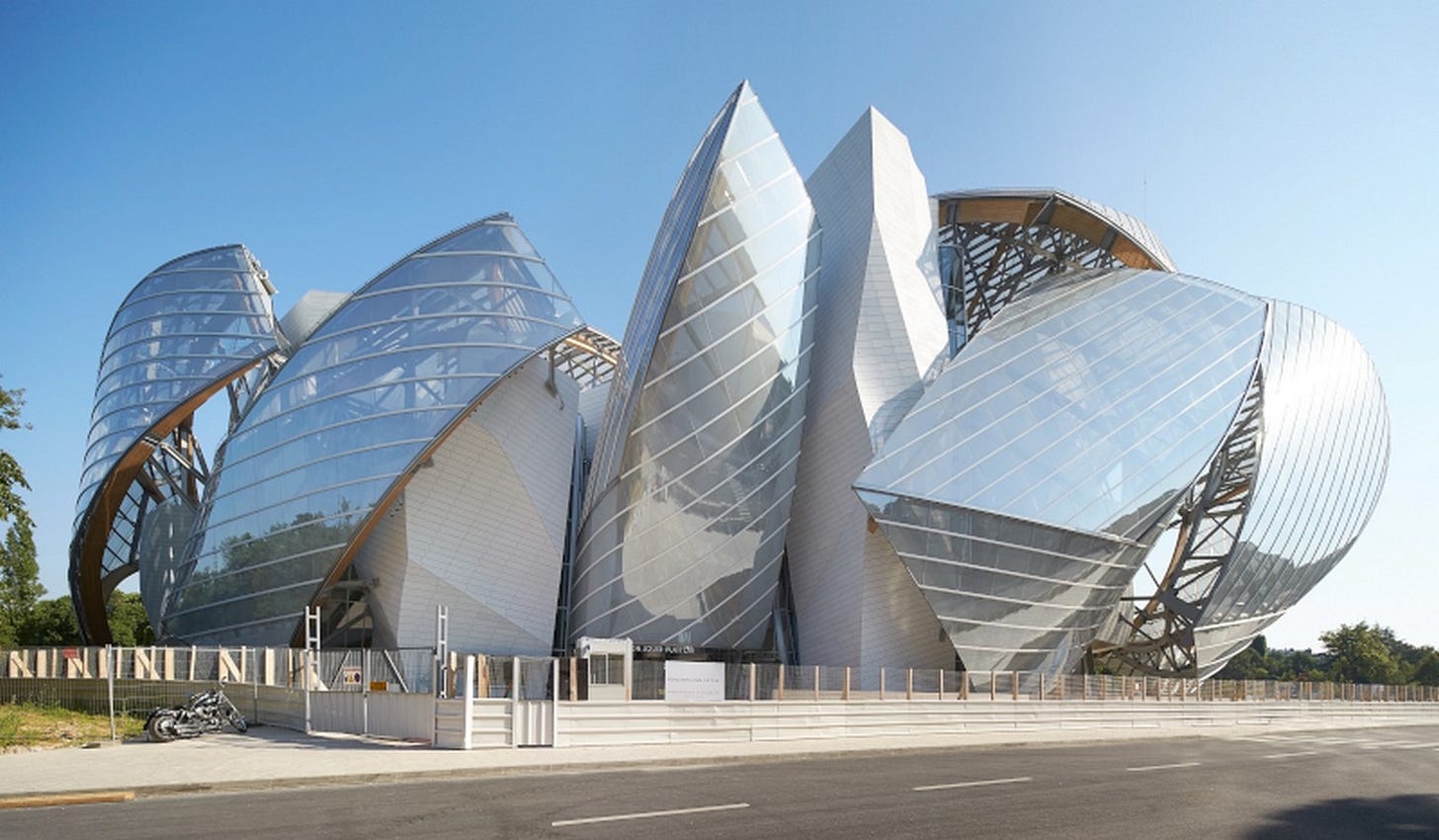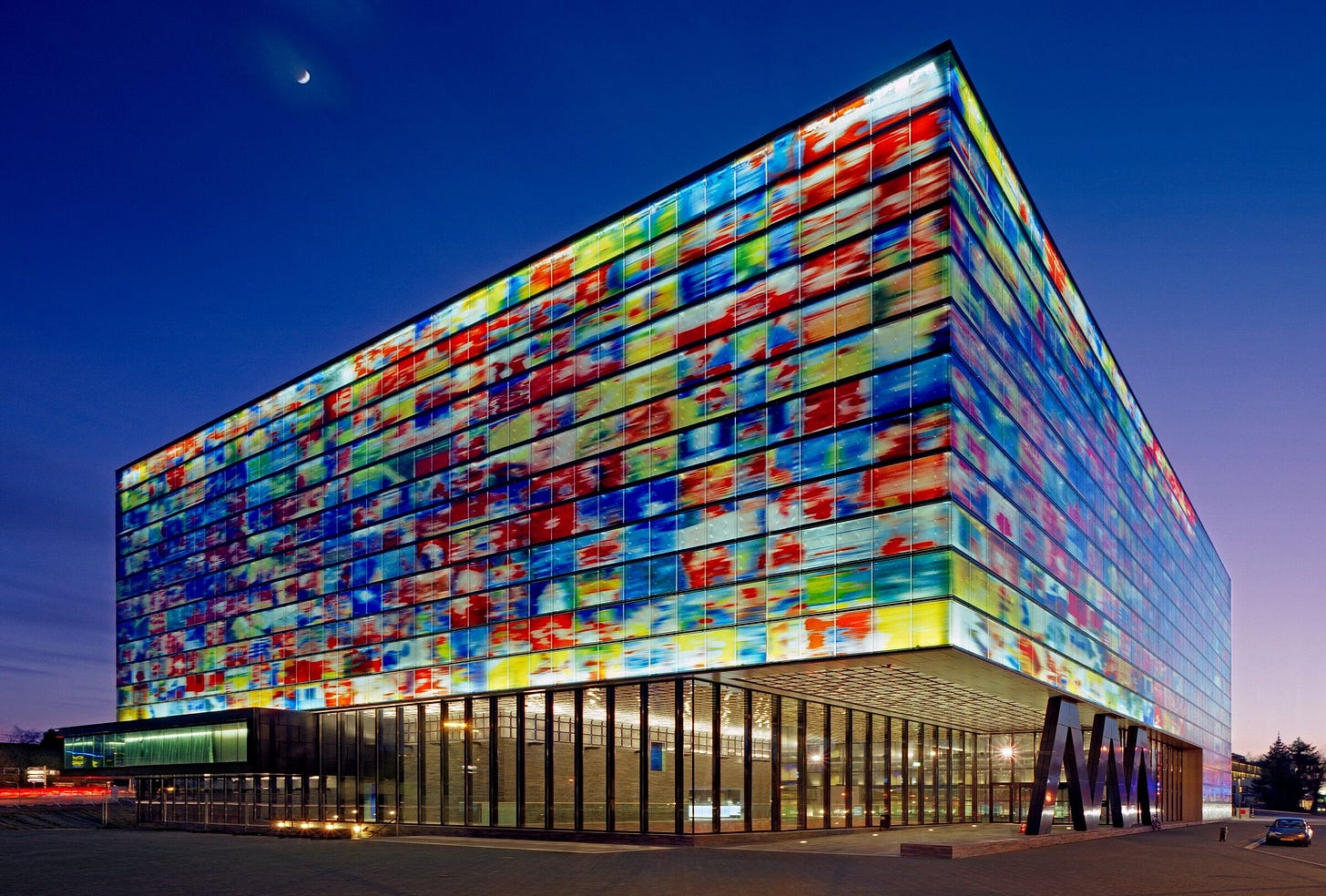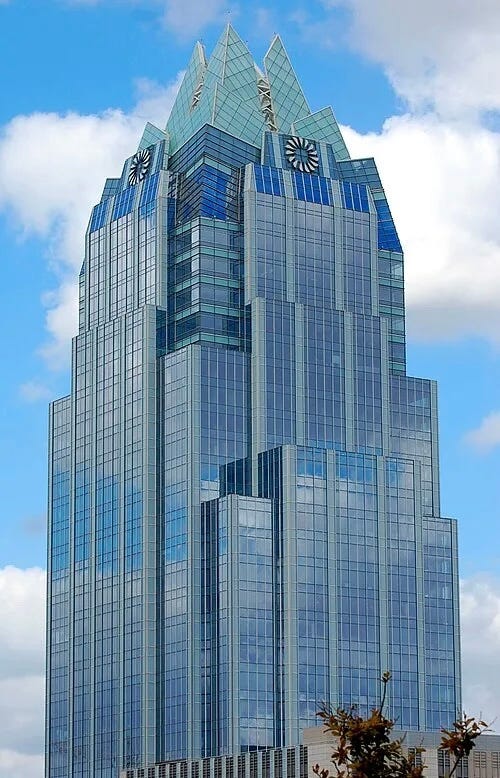Modern Glass Facades
There was a time when the architectural appetite for “glass buildings” was seemingly inexhaustible. I vividly recall my first visits to Dallas and Houston over forty years ago. Being young and less than brilliant, observing the sheer glass volume was startling. “Where did they get it all?” Architecture for the Soul – Modern Glass Facades.
Definitions
In order to move forward efficiently, let’s work through a few simple definitions. For the non-professional reader, a large percentage of the “glass buildings” that you may see are either curtain wall or window wall systems. Both are non-load-bearing glass, stone, or metal cladding systems that provide a degree of insulation and contribute mightily to the appearance of the building envelope. According to wincowindows.com:
Window walls are built one floor at a time and are supported by the slabs above and below them. In other words, window walls are built within the slab edge.
Curtain walls are structurally independent and don’t require support on every floor. They tend to span multiple stories and are built outside the slab edge.
Fountain Place, Dallas
There are few better examples of Texas and glass than the I.M. Pei, Henry Cobb collaboration in Dallas: Fountain Place. Completed in 1986, the prismatic structure is unique in offering radically different visual profiles depending on the location from which it is seen. Completed in 1986, Fountain Place was the second or third tallest building in Texas, depending on the tall tale you subscribe to. Below is an excellent shot of the very top of the building.
The Louvre, Paris, France
Continuing with I.M. Pei, few of his creations met with more initial resistance than his Louvre Pyramid below. The work was completed in 1989 as the new entrance to the museum. Commissioned by then-French President Francois Mitterrand, the Pyramid shocked Paris and France.
I happened to be in Paris with a colleague right after the opening. To use a current term, “outrage” was everywhere. The glass was out of place with the existing building. The shape was deemed to be too foreign, given the Egyptian association. How dare Mitterrand employ a Chinese-American architect? Before the pandemic, the Louvre was the most visited museum in the world, and the Pyramid has facilitated that. So, perhaps a win for the visionaries.
Pacific Design Center, Los Angeles
The Blue Center phase of the Pacific Design Center, by Cesar Pelli, opened in 1975. Owing to its blue-tinted glass curtain wall facade, it was almost immediately nicknamed the Blue Whale. Christopher Hawthorne, an architecture critic for the Los Angeles Times, felt that the building had been designed with an understanding of Southern California architectural history.
Pelli designed it to match those realities, wrapping its bulging forms in a sealed, glossy envelope of blue-tinted glass. It was architecture as abstract geometry, a building frequently compared to a giant toy and meant to be glimpsed from a car a mile away or a living room in the Hollywood Hills as much as from the sidewalk out front. Its squat, horizontal mass became symbolic of that quintessentially Los Angeles building type: the sideways skyscraper, designed to flow along a commercial corridor and conveniently served by a multilevel parking structure tucked in the back or sunk into the ground.
My first visit to the Pacific Design Center I was prepared to be outraged. That was not the case. To my eyes, this was California, and the building was meant to house sophisticated designer showrooms, etc. Pelli seemed to have designed something that made sense for its location and intended use.
Eventually, the Blue building was joined by its Green and Red cousins, and the Pacific Design Center is now a true destination for tourists and well-heeled shoppers alike.
Louis Vuitton Foundation Museum of Contemporary Art, Paris
This Frank Gehry-designed work opened in 2014. The building envelope is a dozen curved “sails,” requiring approximately 19,000 individual panels. This is a superb example of 3D BIM Model technology in action. Mayer Rus, writing in Architectural Digest, said:
With its shiplike exterior of billowing glass sails, the 126,000-square-foot, 2.5-story building suggests an avant-garde update of the Jolly Roger, gracefully piloted by Peter Pan through the Bois’s verdant sea of centuries-old trees with a trail of pixie dust in its wake.
The Netherlands Institute for Sound and Vision, Hilversum
Designed by Dutch architects Willem Jan Neutelings and Michiel Riedijk, this museum is located in a suburb outside of Amsterdam. The small town was the center of the TV industry in the Netherlands when the building opened in 2007. At that time, the New York Times, in their architectural review of the project, explained the glass-paneled facade:
Conceived in collaboration with the 65-year-old artist Jaap Drupsteen, the structure’s panels are imprinted with famous images from Dutch television: the justice minister riding his bicycle, say, or Johan Cruyff scoring a goal. Using computer technology, Mr. Drupsteen ran the images together and baked them into the glass.The effect is mesmerizing.
This computer technology may seem tame in AI-driven 2025, but in 2007, it was riveting.
Frost Bank Tower, Austin
The Frost Bank Tower in Austin, Texas, was dedicated in January of 2004 and is thought to be the first high-rise building built in the United States after the 9-11 attacks. Designed by Duda-Paine with HKS…..the limestone base gives way to a glass facade described by Duda-Paine as:
The low E-glass-clad tower changes hue and mood according to the quality of daylight. By night, the tower and its crown are a beacon in Austin’s skyline.
My first visit to Austin was over 40 years ago. It is hard to see that small city inside the metropolitan area now. Be that as it may be……the Frost Bank Tower is an excellent example of the juxtaposition of stone and glass.
The United Nations Secretariat Building, NewYork
I think every school kid within the range of a yellow school bus took a field trip to the UN in the 1960s. Many of those young students must have the same great memories that I do. The gravity of the UN's role, the live translations we observed, and the grand and modern approach of the building all left a great impression on this schoolboy.
The United Nations was established in 1945, succeeding the League of Nations, hoping to prevent another devastating world war. New York City was selected as the headquarters for the General Assembly, and a design team for the Secretariat Building was created, which included Le Corbusier and Oscar Niemeyer. Design began in 1947, construction began in 1949, and UN personnel moved into the Secretariat Building in early 1951.
The building was designed based on the International Style, with all the implied functional minimalism. Like it or not, this approach was one of the dominant schools of architectural thought for about fifty years in the middle of the 20th Century.
The Secretariat Building was the first glass curtain wall high-rise constructed in New York City. The rectangular structure's wider east and west elevations utilize glass, while the north and south elevations employ marble.
Love it or hate it, the UN Secretariat is one of the Manhattan high-rises that paved the way for a generation of glass curtain wall projects. Perhaps the United Nations has not achieved its goals, but the building has.
Seattle Central Library, Seattle
Moving back across the Atlantic, the City of Seattle worked with the Dutch architect Rem Koolhaas to create a new Seattle Central Library, as shown above. A public-spirited 1998 bond issue funded it, and it became the third Seattle Central library when it opened in 2004.
The Koolhaas work was more of a faceted visual than a glass building. Witold Rybczynski wrote a very professional opinion in Architect Magazine:
The library looks like a giant piece of urban infrastructure, an impression heightened at night, when the crisscrossing trusses of the bridgelike structure are apparent inside the faceted, glowing lantern.
I will leave it there.
We continue with the aspiration that the power of architecture can raise your spirits.
Thanks for reading Architecture for the Soul! Subscribe for free to receive new posts!














